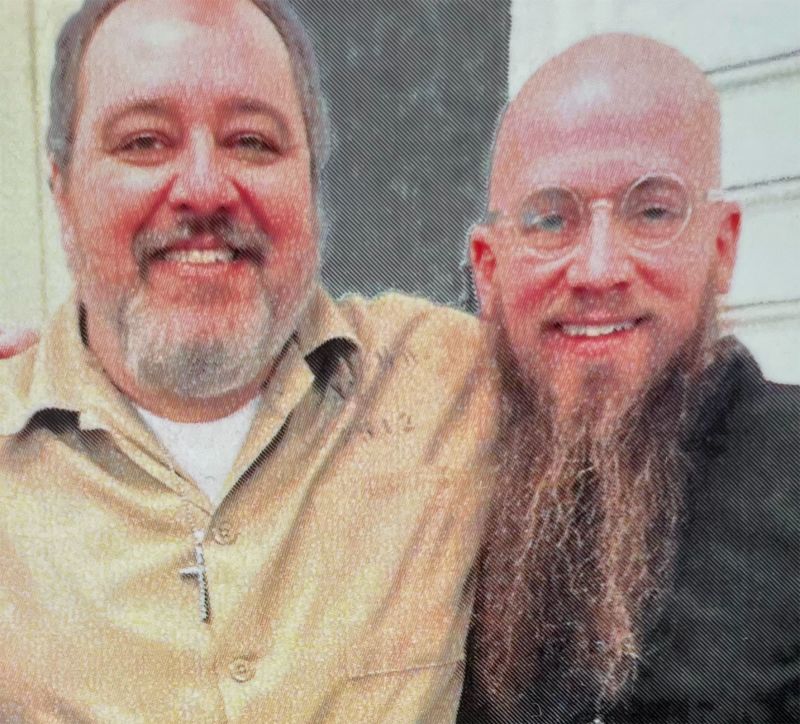
The New Era of Capital Punishment: Alabama's Use of Nitrogen Hypoxia

Alabama made history with the nation's first known execution using nitrogen hypoxia, sparking a debate on the humane nature of this new method of capital punishment. Here's a detailed look at the controversial execution and the implications of this groundbreaking approach to carrying out the death penalty.
The Emergence of a New Execution Method
Alabama made headlines as it carried out the nation's first known execution using nitrogen hypoxia, a method that has sparked a contentious debate on the ethical and humane nature of capital punishment. The execution of inmate Kenneth Smith, who was sentenced to death for his involvement in a 1988 murder for hire, marked a significant shift in the landscape of the death penalty in the United States.
Kenneth Eugene Smith.
Smith's case drew widespread attention as his legal team, alongside experts and advocates from the United States to the United Nations, voiced concerns about the potential for excessive pain and torture associated with nitrogen hypoxia. The method, approved by only three states - Alabama, Oklahoma, and Mississippi, is designed to replace oxygen in the body with a high concentration of nitrogen, ultimately causing death. Alabama, however, became the first state to carry out the execution using this method and outline a protocol for its implementation.
The Execution Process and Controversy
As the execution of Kenneth Smith unfolded at the William C. Holman Correctional Facility in Atmore, Alabama, the use of nitrogen hypoxia raised significant ethical and procedural questions. The procedure, which commenced at 7:53 p.m. CT, involved fitting Smith with a mask to administer the nitrogen. It was reported that nitrogen flowed for approximately 15 minutes during the execution, leading to a series of harrowing moments as Smith appeared conscious for several minutes, followed by involuntary movements and agonal breathing.
Kenneth Smith, left, embraces his spiritual advisor, the Rev. Jeff Hood.
Witnesses, including Smith's spiritual adviser, the Rev. Jeff Hood, described the process in graphic terms, expressing horror at the convulsions, gasping, and involuntary movements witnessed during the execution. Smith, prior to his death, made a statement to the witnesses and conveyed a sign language message to his family, evoking a deeply emotional and distressing atmosphere during the execution. The duration of Smith's death remained unclear, raising further questions about the efficacy and ethical implications of the new method of capital punishment.
Implications and Aftermath
The use of nitrogen hypoxia as a new method of capital punishment has prompted a tense debate on its humane nature and potential for causing undue pain. Proponents argue that the process, in theory, should be painless, drawing parallels to nitrogen's role in lethal industrial accidents and suicides. However, skepticism and concern have been voiced, particularly regarding the lack of scientific evidence supporting the painless nature of nitrogen hypoxia and the secrecy surrounding the state's protocol.
In the aftermath of Smith's execution, the family of his victim, Elizabeth Sennett, expressed a bittersweet sense of closure, acknowledging the final act of justice while recognizing that it cannot bring back their loved one. The debate surrounding the execution method has overshadowed the memory of the victim, prompting the family to emphasize the significance of holding the perpetrator accountable for the heinous crime committed. The forgiveness extended by the family towards all involved in the killing, including Kenneth Smith, reflects a complex and emotionally charged aftermath of the groundbreaking execution.
Elizabeth Sennett's family speaks at a news conference following the execution.












